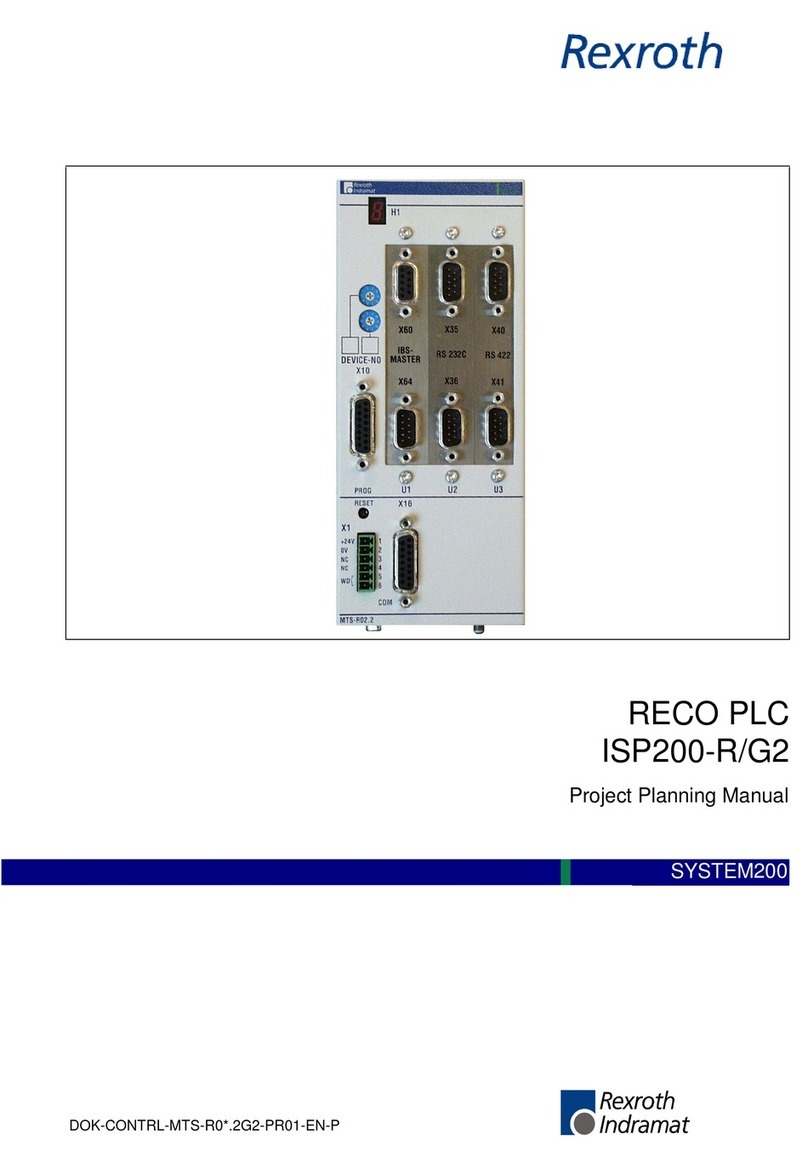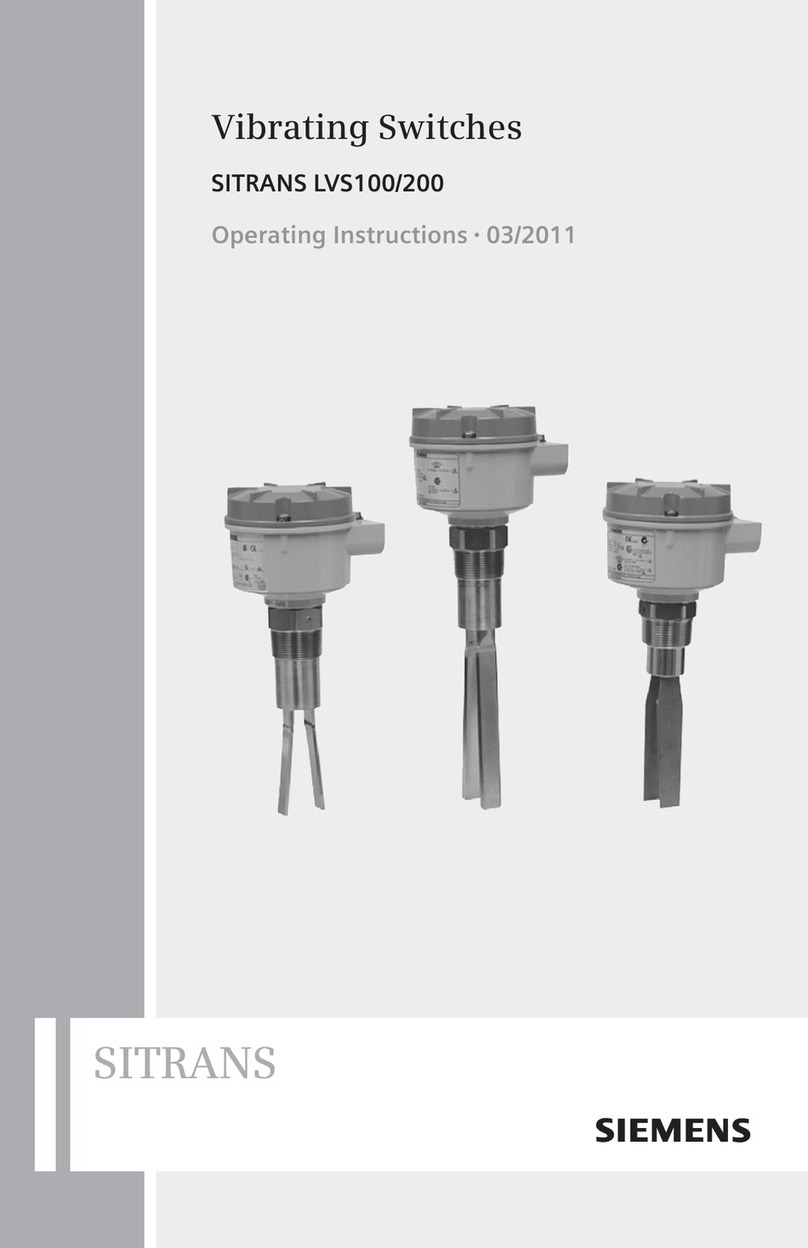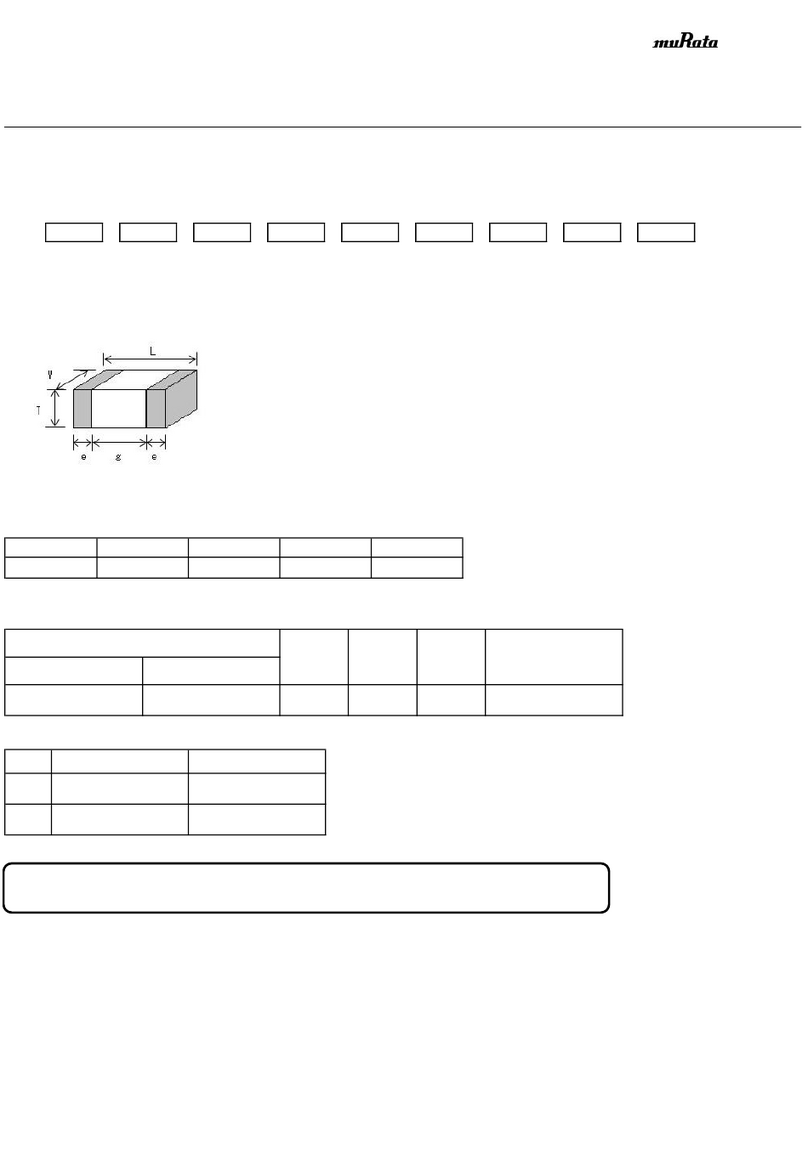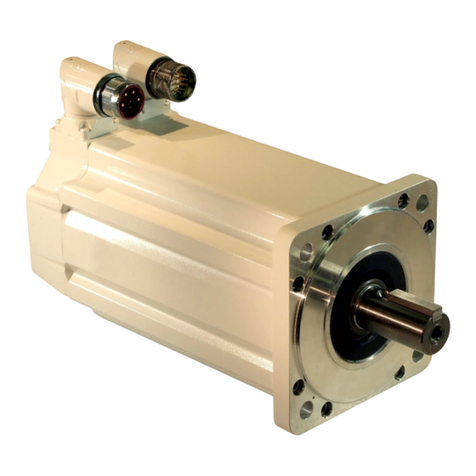Contents
5
i
BA 14.105/115 EN 2.0
1 Preface and general information 6...........................................
1.1 About these Operating Instructions ... 6..................................................
1.1.1 Terminology used 6.........................................................
1.2 Items supplied 6...................................................................
1.3 Lenze drive systems 7...............................................................
1.3.1 Labelling 7................................................................
1.3.2 Application as directed 7.....................................................
1.3.3 Legal regulations 7..........................................................
2 Safety information 9.....................................................
2.1 Persons responsible for the safety 9....................................................
2.2 General safety information 9..........................................................
2.3 Layout of the safety information 11......................................................
3Data 13.................................................................
3.1 Product description 13...............................................................
3.1.1 Flange-mounted clutches 13....................................................
3.1.2 Shaft-mounted clutches 13.....................................................
3.1.3 Flange-mounted brakes 14.....................................................
3.2 Selection table of clutches 15..........................................................
3.3 Selection table of brakes 15...........................................................
4 Installation 16............................................................
4.1 Preparation 16.....................................................................
4.1.1 Product key 16..............................................................
4.1.2 Designs 17.................................................................
4.2 Assembly 18.......................................................................
4.2.1 Clutch and brake of design 1 18.................................................
4.2.2 Stator design 3 18...........................................................
4.2.3 Mounting of armature assembly of designs 1, 2 and 5 19..............................
4.2.4 Mounting of armature assembly of design 3 19......................................
4.3 Electrical connection 21..............................................................
5 Maintenance 22..........................................................
5.1 Disassembly 22....................................................................
5.2 Spare parts list 23..................................................................




























